Now that I have moved into my new home and that I'm fully installed, I decided to invest massively into my hobby (for the long term). I'm really fond of the Amstrad CPC machines, it's not a secret: I grew up with those, as a kid, but also many years later as an adult. And now I want to preserve all of that for the years (decades...) to come.
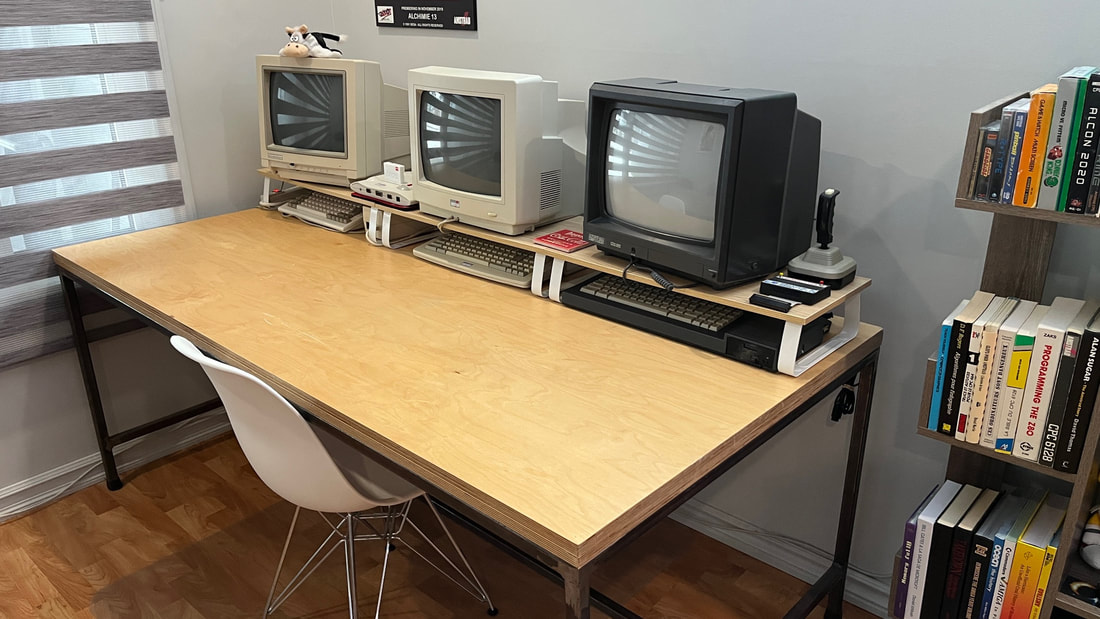
| I also invested into some decent shelves for my retro-addiction. I already collected some important software, books and stuff through the years, and I was able to acquire new ones in 2023. All those items matter to me. They made part of my childhood at some point, some are classical references for any Amstrad programmers, and others are just for pure nostalgy. I was able to retrieve the very first book about computers I was in contact with, "Le guide Hachette du Micro-Ordinateur" (1983) for few euros! I was probably 8 years old when I first read it (it's for kids) and I always kept fond memories about it. A simple look on all of that brings me nostalgy and immediate happiness! | |

What a lovely machine. I love the typing on it, my model has a true mechanical keyboard, unlike the membrane-based keyboards of the other Amstrad CPC machines.
I added a mandatory DDI-5 to it (a Gotek-based floppy emulator with 512Kb RAM expansion) plus a FlashGordon (ROMBoard). I tried one tape - the legendary Mission Genocide game that I got at an insane cheap price - it works well but it took more than 5 minutes to load haha (hence the need of a DDI-5).
For years I have been a 6128 user, and I reckon that I had some wrong assumptions towards the machine. Now, I can fully understand why a part of the community (many users in Spain and UK, at least) still prefer the 464s against the 6128s. And it's not only for nostalgic reasons. As I said, the keyboard is awesome and I also find the locations of the joystick + audio ports to be at a much better place than the later models (it's on the back of the keyboard for the 464s).
And while the 464 was originally sold in 1984, the 6128 was a "professionally looking" iteration in 1985 and not a true replacement, and the 464 was still sold for years after its original release date. So yes, now I consider those 2 machines as truly complementary ones, and that's totally new to me :)
Of course, not everything is good with the 464 -- the elevation from the desk is insanely high and the keyboard itself is too large to be really comfortable. But as an Amstrad fan, it's definitively a "must have"!
Those machines are not "simple backups for the future", they all feature a different CRTC (so yes, I have CRTC 0,1,2,3,4 in my possession :). It's great for the testing of advanced graphic algorithms relying on the graphic chip of the Amstrad CPCs.
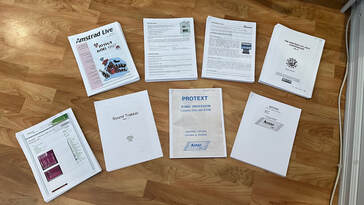
More than 1000 pages were printed :)
The book from Hicks, "Memory Full", was finally out after years of writing. In all honestly, from a demomaker's point of view, despite my initial fears, no "scene drama" was found in it. It relates the Amstrad demoscene in the early days -- and that was nice to revisit that period. I have some doubts related to the printing itself - the book could have been a little bigger, and it gets hard to read close to the center of the book - but I will always give more value on the actual content over the packaging. So, all good!
| From there you could tell yourself, "OK it's enough". But no, I pursued this year my travel into the upgrade of my Amstrad machines :) I was stuck in ~2012 with some aging devices, and it was time to reevaluate "the expansion market" and upgrade. The last decade made HUGE progress on the hardware front, kudos to everyone involved in this. My "development machine" now features:
With that configuration, I was finally able to discover UniDOS. Overall, I'm impressed by all the hard work done so far by Offset. I personally target Drive B to the first USB key available, it's very handy to move files between the CPC and a PC without using a disk image. I also got some fun to establish a library of working programs and games (basically, the UniLOAD library extended/cleaned with some content coming from CPC-POWER, and browsable directly with CATRUN so no need of advanced UI :). I also revisited most of the existing ROMs available nowadays (I was clearly lagging on that front, I was stuck in 2010!). Some really new great stuff came in the last years (ROMAN, Amstrad Diag, UniDOS, Orgams...). The Arnor ROMs are aging, now I think they take too much space in RAM at the initialization time, bringing compatibility issues with some poorly-implemented games/demos (that relies on high memory close to &A700 in RAM). I had to opportunity to discover the great Orgams assembler too. I did few tests with it (1-2 evenings, nothing serious). It really seems to be the best option in the years to come for some native Z80 coding :) Think about it: you can have your source-code in the extended part of the RAM, which means the first 128Kb of the machine gets completely free for running your program (cf. a "nude" 6128 configuration). And since Orgams is a program running from the ROM space, it's only taking few bytes in RAM. So if the Amstrad CPC crashes because of your code-in-progress, you don't lose the source-code at all! How amazing is that! |
My Amiga 600 is extended to death :) with few cheap upgrades: 4Gb Flash card used as HDD replacement, 5.5Mb Fast RAM, 2Mb Chip RAM, Kickstart 3.1. That configuration is able to run Workbench 3.1, handles most of the WHDLoad games and demos, and provides massive storage for my own MOD collection.
The only missing thing was the replacement of the aging 3"1/2 floppy drive. The Gotek exists of course and is well supported on the Amiga platforms, but the original model exposes a tiny screen on the right side of the Amiga 600. I hate this suggested workflow so I never bought one through the years.
But this year, I was able to acquire a "GOEX", it's still a Gotek-based device, this time it features a great display with no hardware modifications of the case. Finally a true working solution for the replacement of the floppy drive in the A600, and I love it!
So in parallel to the above things, my focus this year was on those 3 big topics:
- Sonic GX: I was finally able to present a preview of the Bonus Stage to the community! It seemed to be globally well received, by members of the community of course, but also some other random people coming from nowhere (Youtube, mostly). I still think developing a game for the Amstrad CPC (or here in the context, the GX-4000) is a more rewarding experience than making a traditional demo, but it's a personal feeling. To this day I'm not sure if I will get back to pure demomaking (cf. what I did in the past decades). Injecting demoscene techniques into games now seems to be more interesting/challenging to me! But it's with an intense respect and interest that I continue to follow the demoscene news.
- HxC Manager V4.1: I needed a small break from Sonic GX. Working on a such big project ask lots of focus, and I felt myself progressively interested to put my hands back into the codebase of the HxC Manager (one of my most popular program ever released for the Amstrad CPC). So, I decided to invest some time in it and paused the development of Sonic GX (my brain really asked for it). This summer I revisited completely the program, did some upgrades to the UI for a better workflow, pushed the number of slots to the maximum, made lots of internal cleaning and also fixed some stability issues. And thanks to the new acquired 464 machine, I was also able to make it compatible with it too! :)
- CATRUN V1.2: I still needed a break from Sonic GX :) This was initially a 2-night experiment about improving the traditional CAT->RUN workflow. I enhanced it through few additional weeks, and then I finally added some compatibility with UniDOS (since I had all the hardware to test it). It's done and publicly available to everyone!
Now that I released those 2 side projects, I feel that my motivation is progressively getting back on Sonic GX. I started the implementation of something new in the game and yes, if it gets properly done then once again it will raise the bar a bit higher :)
So that's it. Writing this post on my website was a beneficial experience to me. Initially I thought I wasn't that productive this year, but looking back at this post I realize how wrong I was :)
I'm NoRecess, I'm a geek and I'm an Amstrad nerd !!!
See you in 2024, another very exciting year for sure (the Amstrad CPC 464 will be 40 years old!!!).

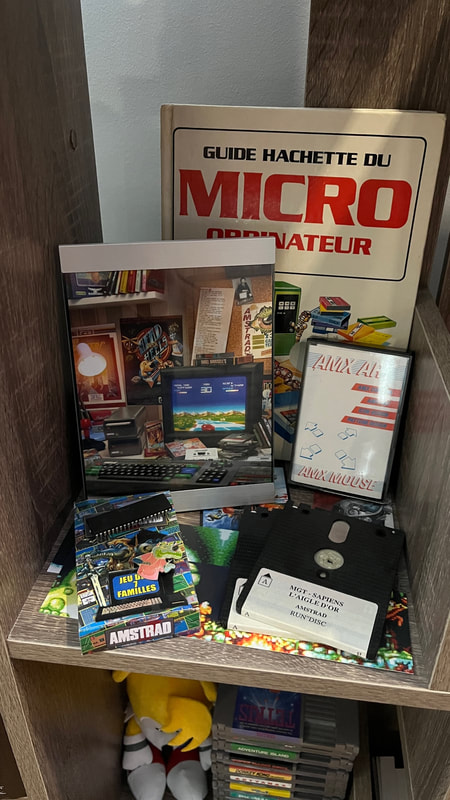
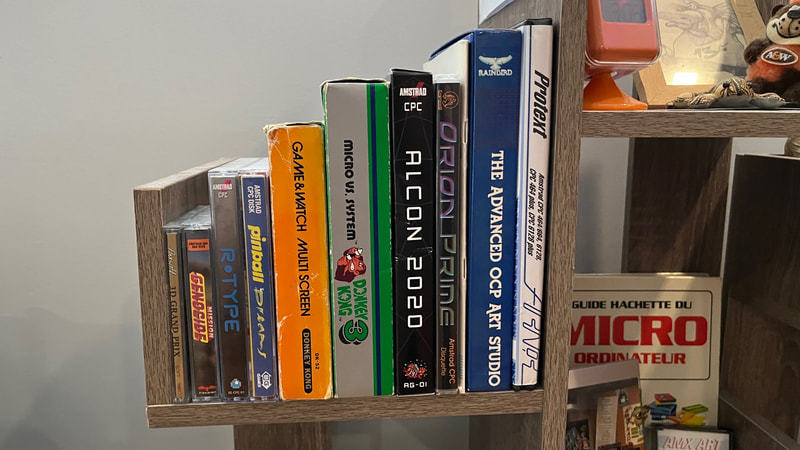
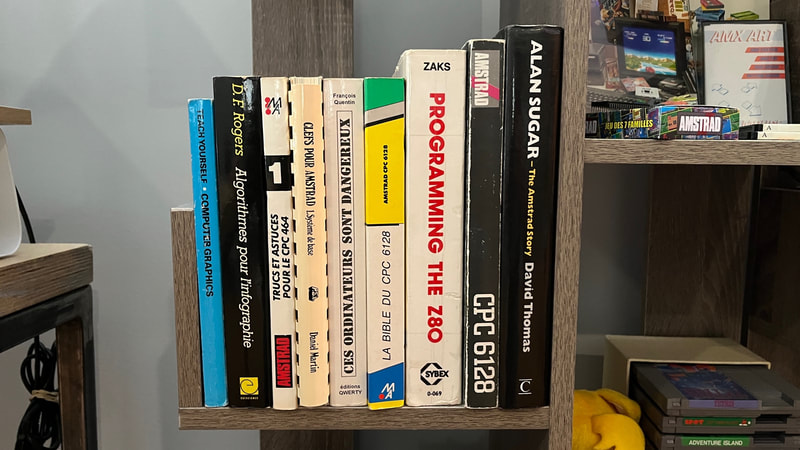
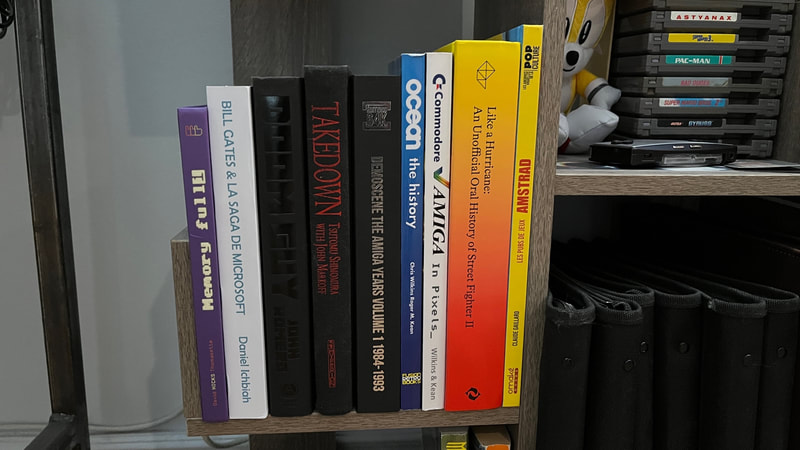
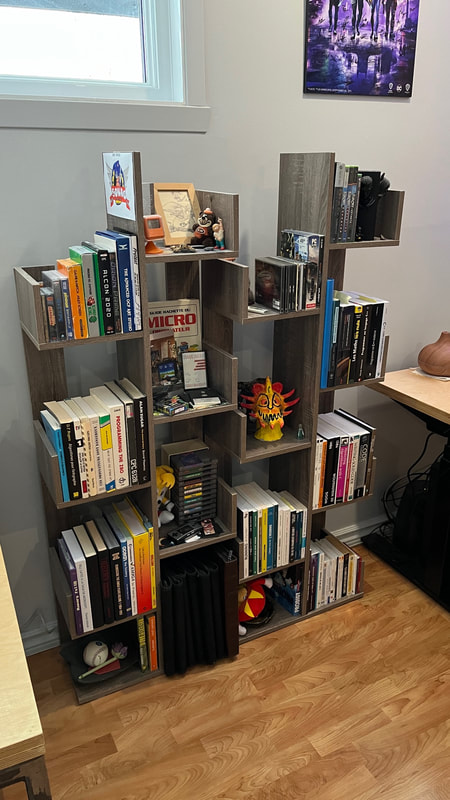
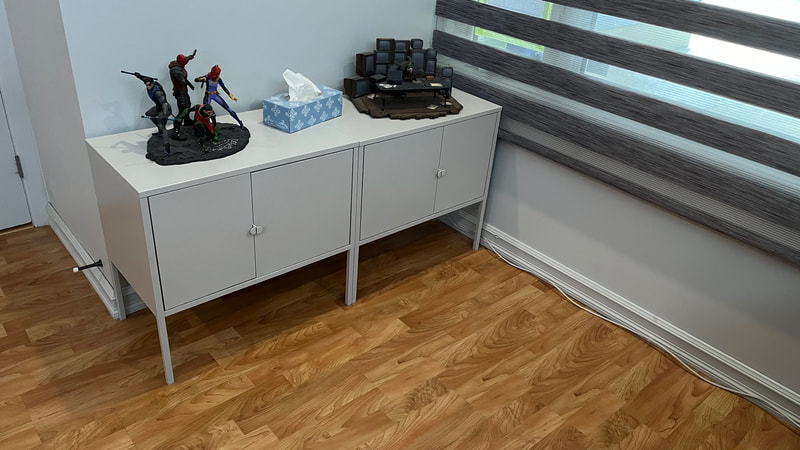


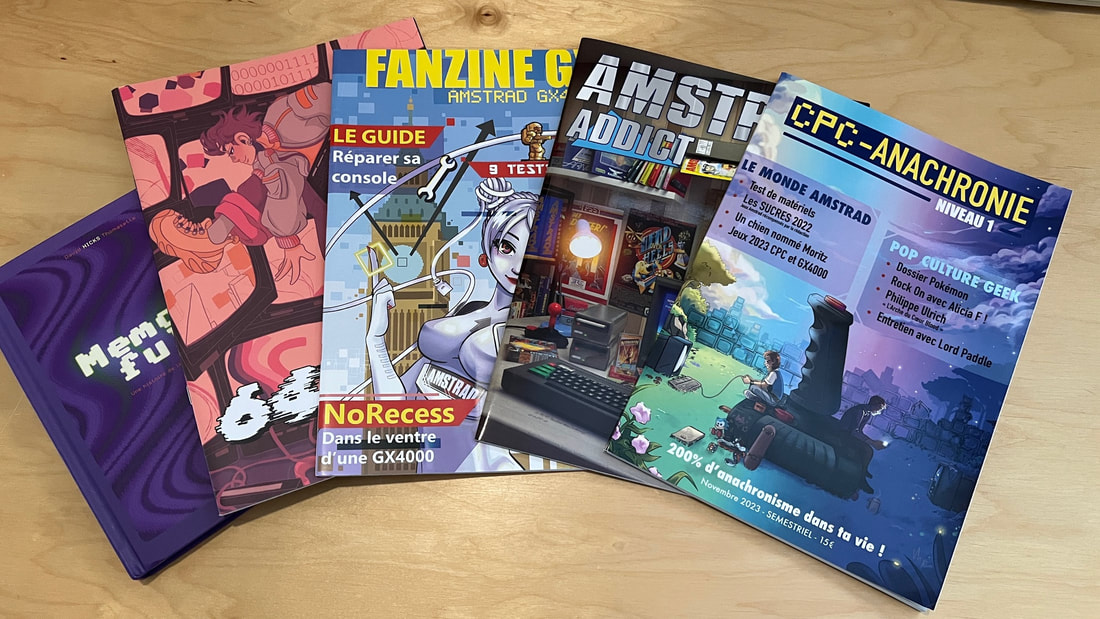
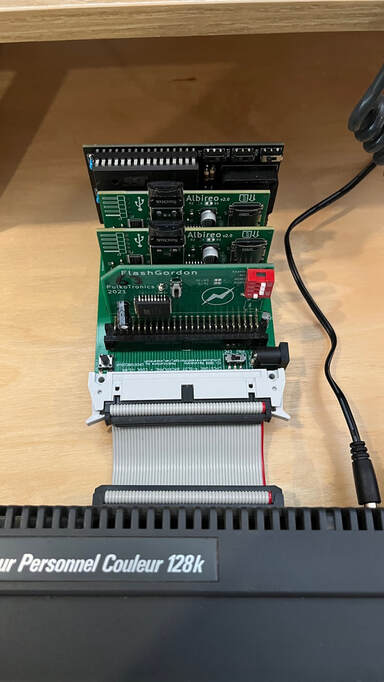

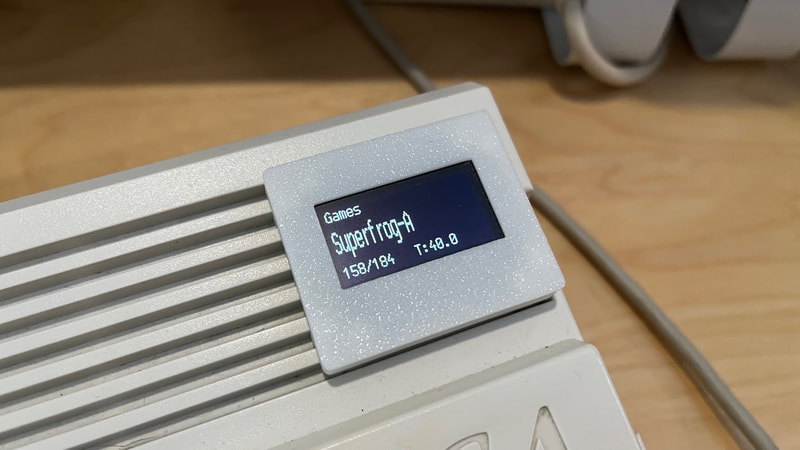
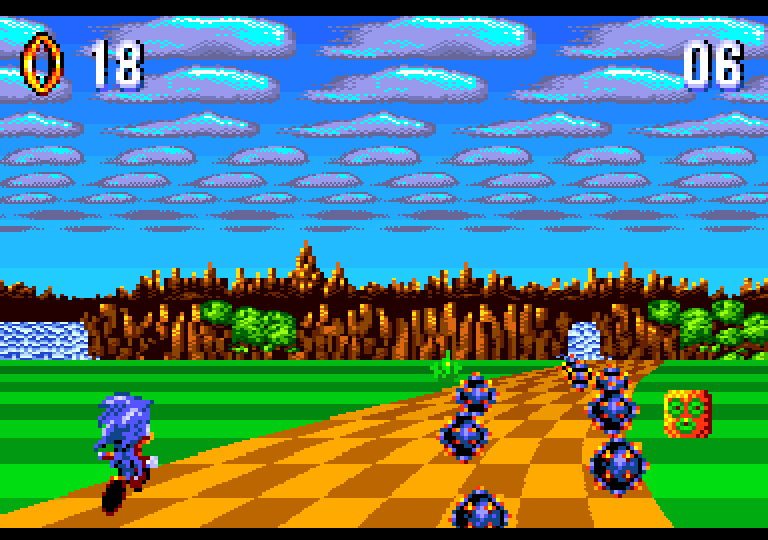
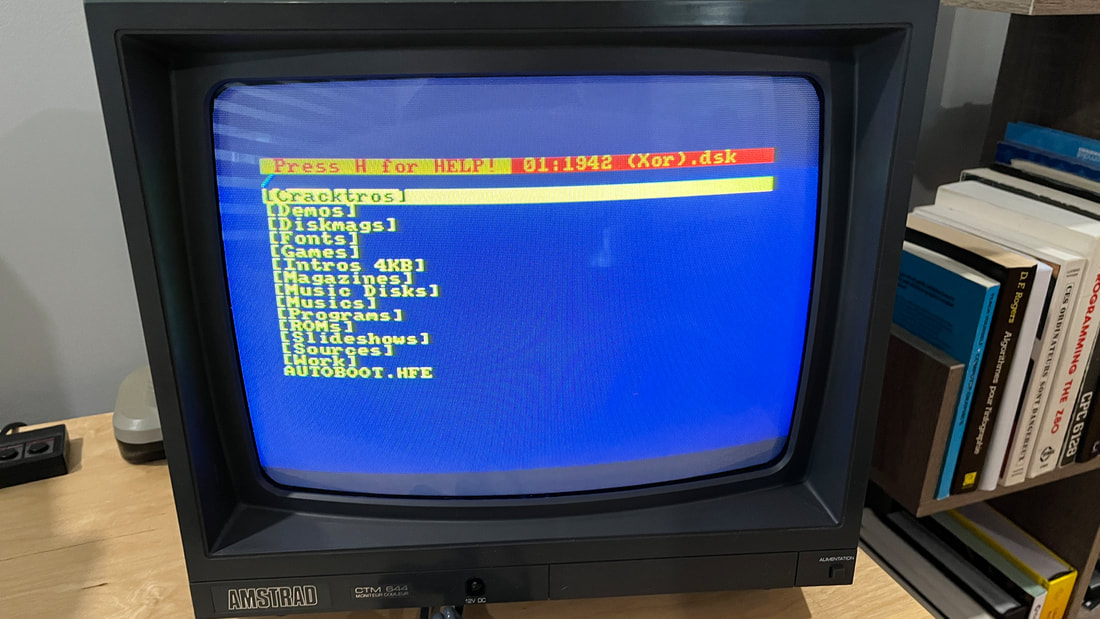
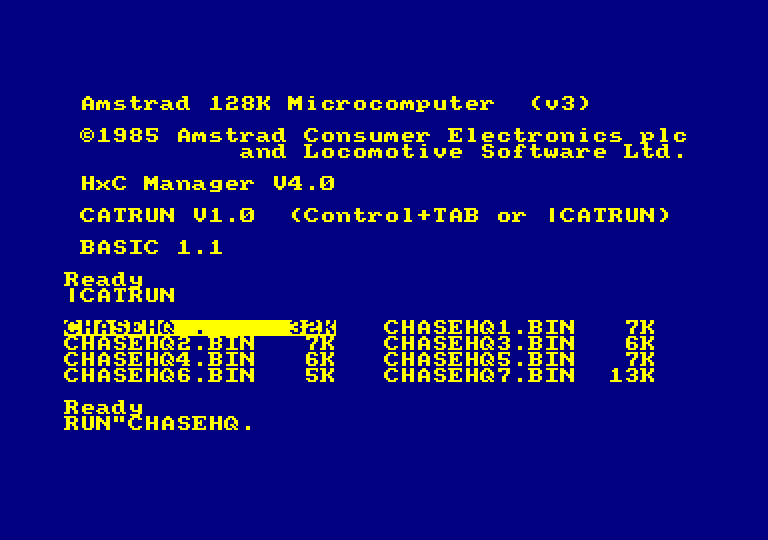
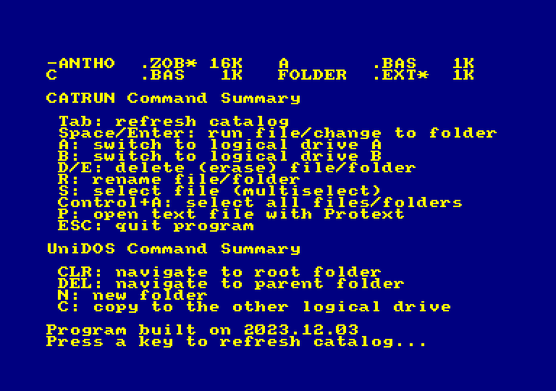
 RSS Feed
RSS Feed
